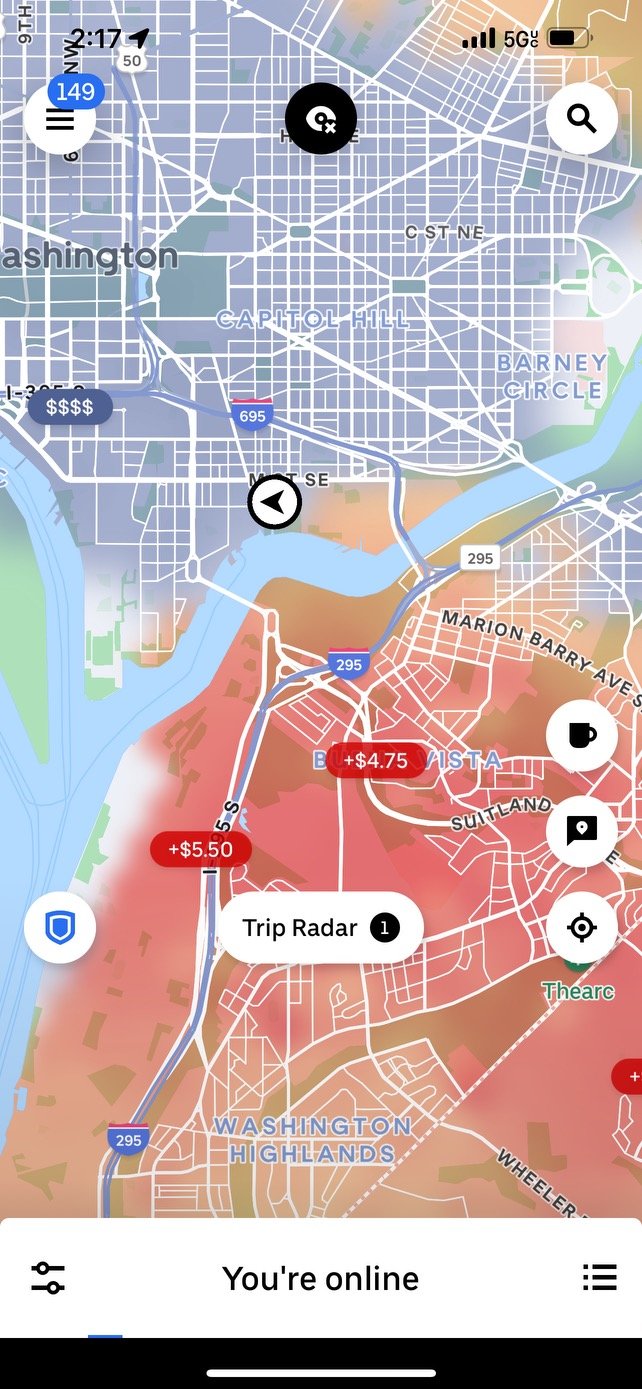
How Uber Finally Cracked the Code to Profitability
Just a few days before Christmas in 2022, Uber drivers across the country were confused by the low fares flashing on their phone screens. Many assumed it was a glitch that would be fixed by day's end, as had happened with past software issues. However, some drivers speculated differently. A driver in Washington D.C. wondered if his years of unpaid federal taxes had finally caught up with him, while a few miles away, a driver in Maryland worried if Uber had been informed about his overdue child support payments. In reality, Uber had initiated changes in how it paid its drivers as a strategy to achieve profitability, prompted by pressure from investors and the end of an era of easy money. The company, which initially prioritized riders and swift pick-ups, shifted its focus to appease investors, often at the expense of both riders and drivers.
Uber had long recognized that it couldn't achieve profitability without either raising fares or increasing its commission from drivers. This dilemma stemmed from Uber's complete dependence on drivers to generate revenue. As the number of users—both riders and drivers—increased, so did the need for highly skilled workers, such as software developers and compliance officers. Consequently, the company faced escalating expenses with each surge in its user base.
However, when Uber finally acknowledged this reality, the timing wasn't conducive to raising fares or commissions. The company had strived to maintain its image as the most affordable and innovative transportation option, competing against traditional taxis by lowering fares and offering higher payouts to drivers. Uber recognized that it needed to secure its dominance in the market before altering its payment structure.
The Myth
Uber executives, past and present, perpetuated the myth that the majority of drivers used the platform for supplementary income, a claim aimed at placating city officials and avoiding pressure to increase driver earnings or classify them as employees. However, our investigation revealed that many drivers rely solely on Uber for income, often working more than forty hours a week to cover their expenses. Moreover, over thirty percent of Uber drivers we surveyed in the Washington D.C. area were former taxi drivers, underscoring Uber's impact on the traditional taxi industry.
Victory Lab
By the end of 2022, Uber had achieved several milestones, including its successful IPO, the departure of controversial co-founder Travis Kalanick, and its triumph over the taxi industry. Additionally, despite the pandemic, Uber's services remained in high demand, granting the company significant leverage over both riders and drivers.
Facing continuous losses over the past few years, Uber was compelled to make a pivotal decision: raise fares or reduce driver earnings. Ultimately, Uber chose to cut drivers' pay in a manner that still affected consumers significantly. To mitigate potential driver boycotts, Uber allowed drivers to reject or cancel trip requests freely, knowing that many drivers would refuse low-paying trips, and the company introduced a new system called Trip Radar that allows drivers to bid on trip requests.
Changes and Their Effects on Consumers
Uber's profit-oriented strategy has adversely affected consumers in several ways. By permitting drivers to reject or cancel trips at will, Uber prioritizes its own interests over consumer convenience. For instance, a Virginia Uber driver revealed that he consistently rejects trips to Ronald Reagan Washington National Airport because the fares are as low as $5 or $6, and passengers expect him to assist with their luggage. Similarly, a Maryland driver admitted to avoiding trips to certain areas of Washington D.C., citing safety concerns and insufficient compensation, particularly in predominantly black and brown communities.
Moreover, Uber's introduction of Trip Radar, a bidding system for drivers, prolongs the waiting time for riders as drivers deliberate over trip requests. While Uber processes ride requests within milliseconds, riders experience unnecessary delays as drivers weigh their options.
Furthermore, by reducing driver earnings, Uber jeopardizes rider safety by discouraging drivers from maintaining their vehicles adequately. Mechanics interviewed for this project mentioned to the poor maintenance of Uber drivers' cars, as drivers struggle to afford necessary repairs and upkeep on their diminished incomes.
Flashy Company with Vulnerable Riders and Drivers
Despite its drivers' financial struggles, Uber allocated between $15 and $50 million for a Super Bowl commercial on February 11, 2024, demonstrating a stark contrast between the company's lavish spending and its drivers' precarious financial situations. Just days after this extravagant expenditure, Uber and Lyft drivers in seventeen cities went on strike, protesting against the companies' substantial cuts to driver earnings. However, even as the strike unfolded, Uber's stock continued to rise, underscoring the company's indifference to its drivers' plight and its determination to maintain the status quo.
By Faisale Shefawe
Faisale1@fsxmanagement.com
Updated 04/01/24 12:47 PMDrivers are cancelling and rejecting rides to and from the airport due to the low fare, which makes it economically unfeasible for them to assist riders with their luggage.The first picture on top is a trip that was requested on 03/27/24 at 5:13 PM.The second picture is a trip that was requested on June 15,2023 at 3:45 PM.
In this screenshot, it is evident that demand was high in areas predominantly inhabited by black and brown communities. Consequently, drivers have begun to decline trips that would take them to these areas.
The trip radar enables drivers to bid on trips that haven't been claimed by other drivers.






